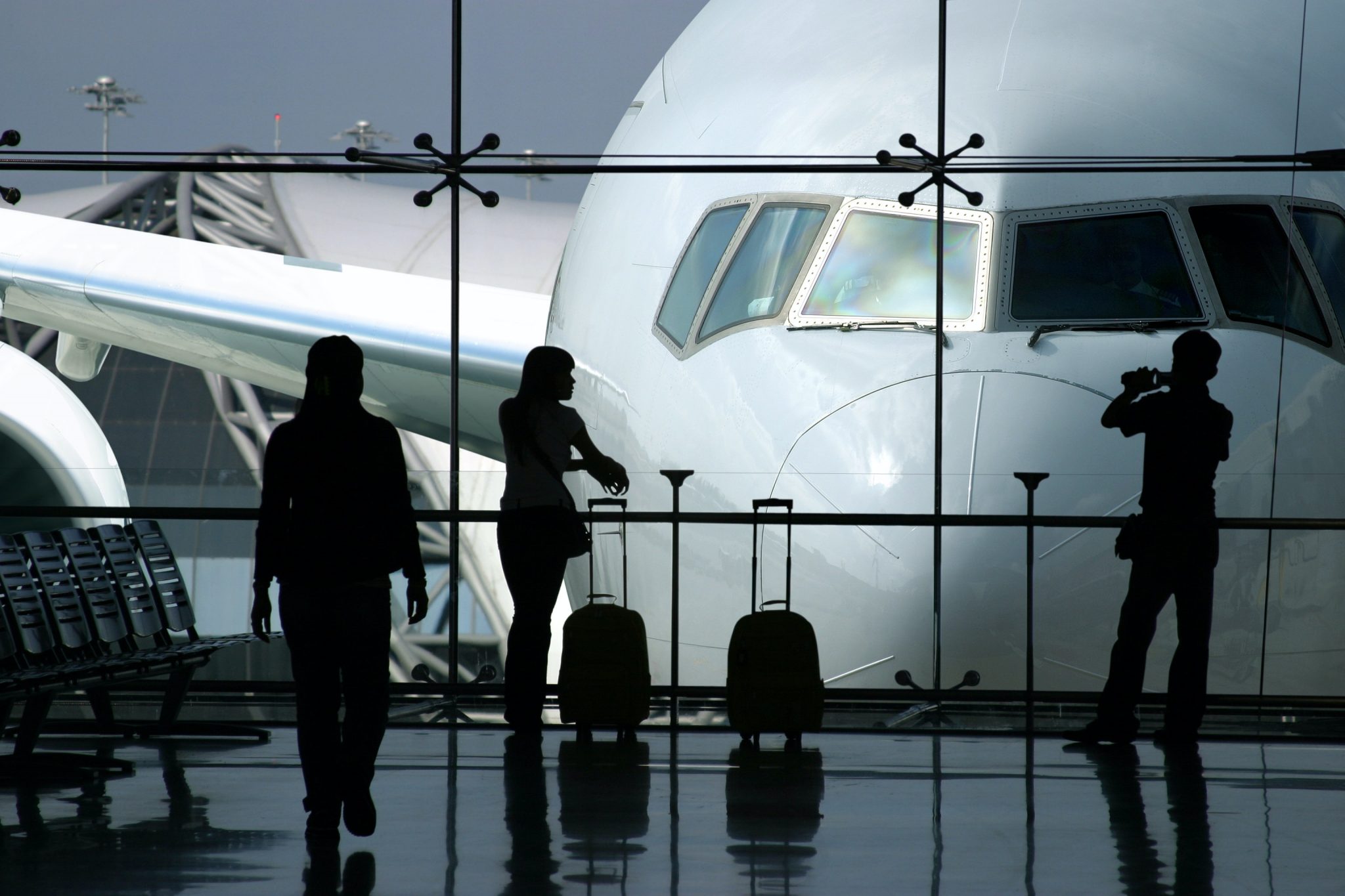How Artificial Intelligence Is Optimizing Airline Ancillary Revenue

Skift Take
This sponsored content was created in collaboration with a Skift partner.
As the airline industry continues to reel from the impacts of the pandemic, with profit margins still very slim and demand unstable, pursuing smarter revenue strategies has become mission critical.
“Intelligent revenue decisions cannot be solely based on the ticket price, as this would lead to suboptimal revenue,” said Niels Colemont, head of new optimization programs at FLYR Labs, a revenue optimization company focused on the airline industry. “Airlines need to make holistic decisions based on the total passenger revenue for each flight.”
One way airlines can increase total revenue outside of raising fares is by driving ancillary revenue, which helps offset costs in today’s unpredictable business climate. Ancillary revenue includes anything and everything airlines sell on top of a base fare, from seat selection to priority boarding and baggage, and even hotel bookings and car rentals where airlines receive a percentage of revenue.
The Rise of Ancillary Revenue
“Revenue from the sale of ancillaries has been on the rise for many years,” Colémont said. “Today, they are a key driver of profit for the vast majority of airlines. Among modern travelers, there has never been a higher willingness to pay for ancillary products than there is today.”
Ancillary revenue ranges anywhere from 20 percent of total revenue for major airlines to 50 percent for low-cost carriers. According to IdeaWorksCompany, ancillary revenue totaled nearly $110 billion globally in 2019 and, despite dipping considerably in 2020, garnered more than $50 billion that year, rising to $68 billion in 2021. Most notably, ancillaries increased as a share of total global airline revenue in both pandemic years.
“The accelerated growth of ancillary revenue took most airlines by surprise,” Colémont said. “The global pandemic was an extremely difficult challenge for the industry, but it fostered a much larger drive for innovation and forced airlines to question outdated processes.”
According to Kartik Yellepeddi, head of machine learning and artificial intelligence strategy at FLYR, airlines have been able to innovate faster and drive ancillary revenue by shifting more towards direct distribution, where flights are sold directly by the airline rather than through third-party online travel agencies (OTAs).
“This trend will continue with the new distribution capability (NDC) format, which further removes friction in distributing ancillary services in traditional channels,” Yellepeddi said. “Moreover, the growth in low-cost carriers and ultra-low-cost carriers, which predominantly distribute directly to customers, has put focus on ancillary revenue as a key lever to profitability.”
The Case for Revamping Airline Revenue Management Systems
Because legacy systems are not set up to handle new ways of analyzing and optimizing changes to revenue management in real time, airlines are under pressure to rapidly implement holistic systems that allow analysts across disciplines — flights, ancillaries, bundles, loyalty, cargo, and more — to work from one system for total optimization that benefits their entire organization.
“Revenue management analysts currently have no good understanding of the expected ancillary and total revenue for each flight and how flight and ancillary strategy influence each other,” Colémont said. “Current offer management solutions allow for some dynamic pricing of ancillary products, but only based on a fixed set of rules. There is no incorporated forecasting of expected ancillary revenue.”
In addition to these operational efficiencies, implementing a smarter revenue management system will help airlines capture demand from consumers who are willing to pay for these differentiated experiences. By allowing passengers to choose lower fares but also add ancillaries that make their flights more comfortable and enjoyable — a choice window seat, upgraded Wi-Fi, or club access, to name a few — airlines can meet a wide variety of customer demands while optimizing their own spoils.
“Airlines need to completely redesign their revenue optimization solution so that flight and ancillary decisions are made in harmony across the entire customer journey, taking richer context into account,” Yellepeddi said. “Ancillaries are deeply personal choices that depend on the context of the trip, as well as the personal preference of a given customer, and these ancillaries are competing with each other for the customer’s wallet share.”
Artificial Intelligence, Deep Learning, and the Evolving Role of the Airline Analyst
What does a smarter revenue management solution look like? Moving from one-dimensional revenue optimization — one product, one customer touchpoint, one layer of personalization — to three-dimensional revenue optimization, with multiple products, touchpoints, and personalization layers, requires the ability to collect and harness large amounts of data from a wide variety of sources.
“Deep learning algorithms can be trained to find patterns and navigate this three-dimensional space better than what humans will be able to achieve manually,” Yellepeddi said. “At the end of the day, artificial intelligence still relies on a human analyst to guide it using his or her judgment and intuition. The airline analyst’s role will evolve into someone who can use artificial intelligence to try new business strategies and see what works and what doesn't.”
Powered by artificial intelligence, deep-learning algorithms promise better forecasts and increased flexibility because they understand dependencies between a wide range of variables across the entire airline’s network.
“A revenue analyst will be directed to specific cases that need their attention and will have the largest revenue impact,” Colémont said. “With the ability to provide personalized, intelligent offers and the sunsetting of legacy processes, changes in airline commercial and revenue departments are imminent. One might imagine in future organizations the existence of two types of analysts: revenue analysts optimizing towards the total revenue for each flight and distribution analysts responsible for the distribution of dynamic offers.”
One Source of Truth: Aligning Revenue Opportunities
In order to align revenue opportunities between departments, airlines need a centralized data warehouse.
“Every stakeholder should be able to access the same continuously updated data whenever and wherever required, and all commercial solutions should be integrated to the data platform so there’s one source of truth,” Colémont said. “Airlines need to take back control of their own data from vendors and invest in centralized solutions that allow for integrated decision making.”
An integrated revenue strategy built on centralized data not only helps airlines maximize seat revenue, but also understand the revenue differential between either filling another seat or adding additional cargo in the hold.
“It allows airlines to make better decisions on cargo payload restrictions and keeps them much better informed on where to increase capacity and what will happen as a result,” Colémont said.
In other words, one centralized data platform enables airlines to do true total revenue management — a holy grail during these challenging times.
For more information about FLYR’s revenue optimization solution, visit FLYRLabs.com.
This content was created collaboratively by FLYR and Skift’s branded content studio, SkiftX.





